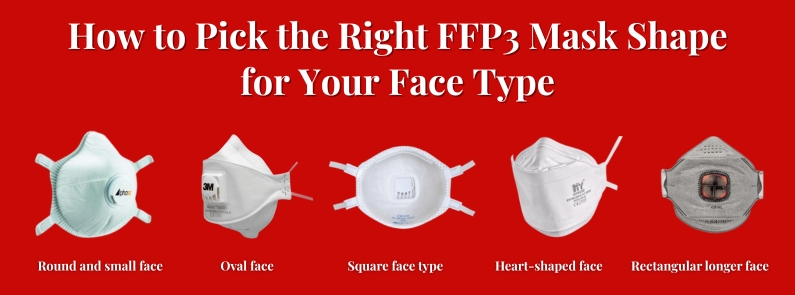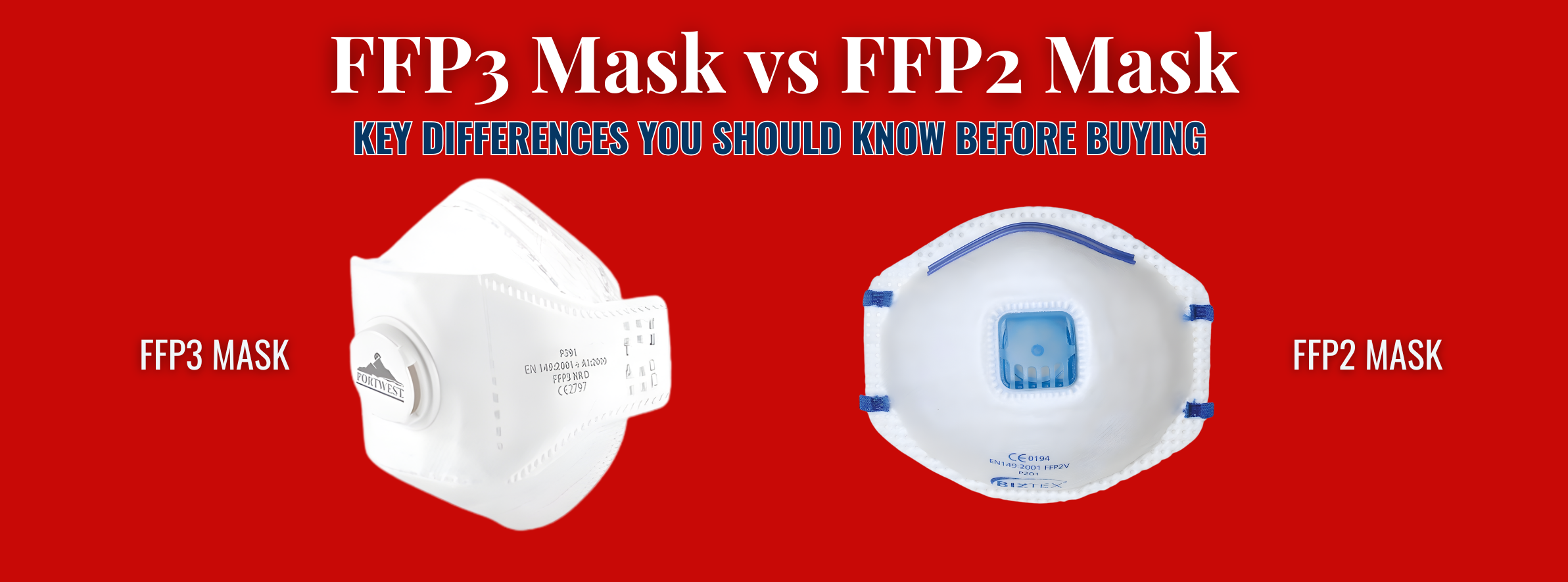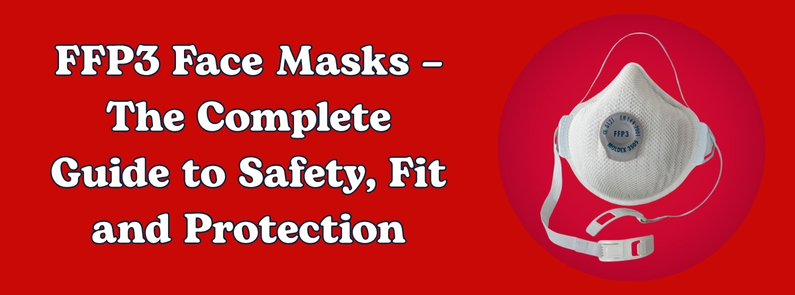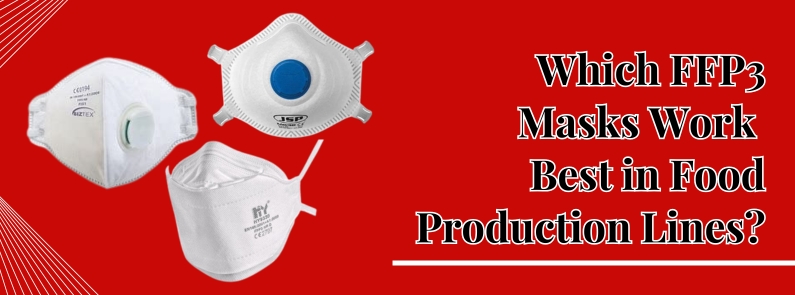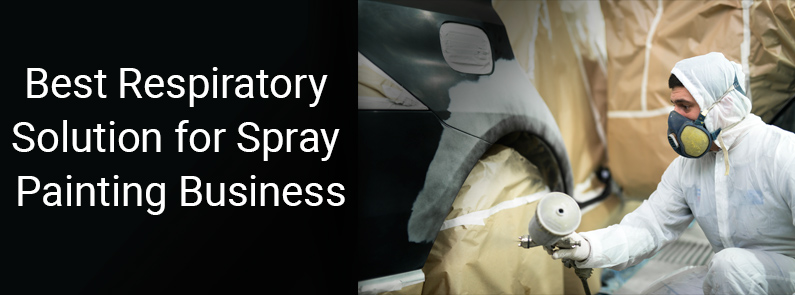
Gone are the days when people used paint brushes or rollers. They have now become obsolete or only used for home projects. On the contrary, spray painting is gaining momentum in the painting industry because of its ability to cover large areas in less time. However, spray painting has its own risks that can lead to severe hazards if not handled properly. Thus, professionals use respiratory solutions to avoid the hazards spray painting business is prone to.
If you are looking for a safe respirator to use while painting, then you’ve landed on the right page. But before we dive into the respiratory solutions, let’s understand the dangers of spray painting-
Exposure to toxic substances
majority of paints and coatings contain isocyanates which can cause severe health issues through inhalation or skin contact. When using sprayers, these particles can become airborne which puts workers at health risks.
Vapor exposure
Such risks particularly concern when workers spray paint in confined spaces like ships, tanks, aircrafts, etc. When exposed to hazardous vapors, workers may experience symptoms like headaches, nausea, irritation in the throat, dizziness, and more. It can lead to some long-term health risks as well, these are-
- Respiratory illness
- Kidney or liver damage
- Asthma
- Reproductive or central nervous system damage
- Dermatitis
Must-Have Respiratory Solutions for Spray Painting Business
We don’t want to scare you by highlighting the dangers of the spray painting business. We are here to educate you about the preventive measures that you can take to prevent any damage occurring due to spray painting. There are numerous safety measures available to prevent discomforts and health risks of spray painting. Let’s dive in-
1. Organic Vapor Filter:
If you are sanding off the paint, grinding, or doing such body works that create dust particles, an organic vapor filter will filter out everything down to 3 microns and keep it out of your respiratory system.
2. PAPR Systems:
Positive Air Pressure Respirator systems (PAPR) are an upgrade from organic vapor filters. Rather than having wearers pull the air through respirator cartridges, it pushes air up to mask with a small fan, making it more mobile. That way, it makes the heavy work bearable while keeping the hazardous particles at bay.
3. Full Face Mask Airline Respirator Systems:
If you are working with solutions that contain Isocyanate gas, then you can’t rely solely on organic vapor filters or Positive Air Pressure Respirator systems. Since Isocyanate gas is colorless, odorless, and tasteless in nature, you need something more precise like a business spray mask. Typically, it is a full-face mask airline respirator system. It is the real solution as it pumps air from a clean atmosphere through a hose to a full-face mask rather than filtering the ambient air. This protective mask with filters contains a pump set up that needs to be installed in an area that contains clean air. Only downside is that it's bulky and makes it difficult for workers to move around. However, the degree of safety it offers makes it worth it.
4. Eyewear:
Lungs or respiratory systems are not the only things that need protection. You need to protect your eyes as well. They don’t only prevent accidents or acute injuries that can happen while mixing paints and splashing some into your eyes but also prevent isocyanate from damaging your eyes. This toxic substance is highly moisture-seeking which is highly damaging to your eyes. Therefore, eyewear or a full face mask is a must while spray painting.
5. Gloves:
As mentioned before, dermatitis is one of the long-term health risks possessed by spray painting. Since it happens when toxic elements come in contact with your skin, it is best to avoid that. Therefore, gloves are a must while spray painting. Although latex gloves are inexpensive and easily available, it can aggravate skin conditions like eczema. Therefore, the best kind gloves for spray painters are nitrile gloves.
6. Footwear:
Footwear is not considered that important in paint shops. Workers are often seen wearing tennis shoes while spray painting. Majority of painters work standing on concrete all day which can have long-term posture issues. Thus, leather work boots with good insoles can provide arch support and aid in posture. Moreover, it can prevent accidents by limiting slips and falls. In work conditions of excessive water sanding, it is best to go for rubber boots or waterproof boots to avoid a fungal infection.
Wrapping Up
Spray painting is a booming painting method which enables workers to cover large areas in less time without compromising the quality. Though there are some health concerns related to spray painting, they can be easily mitigated with respiratory solutions. We hope that this crisp read will guide you to protect yourself while spray painting. With so many respiratory solutions at your disposal, enjoy spray painting. Get your full face respirator mask at The Respirator Shop in the UK, today!

